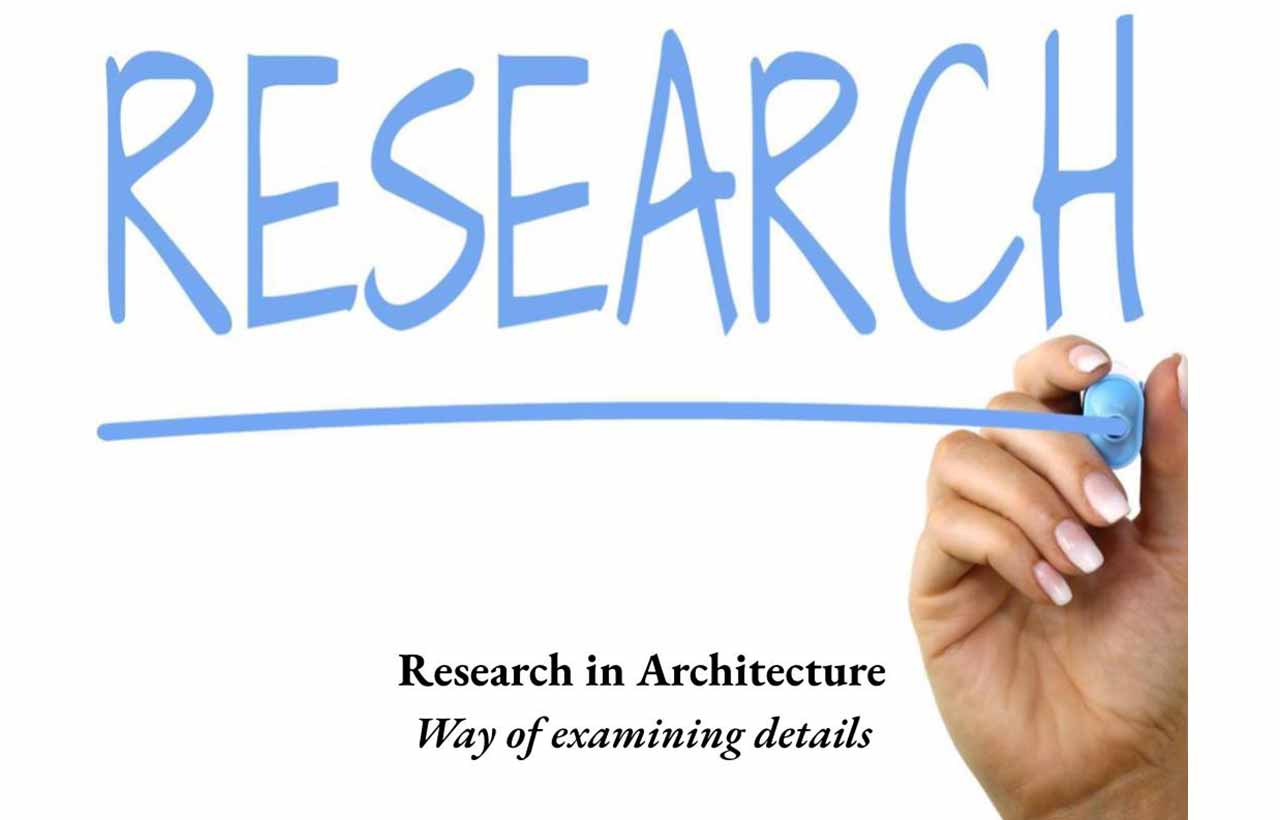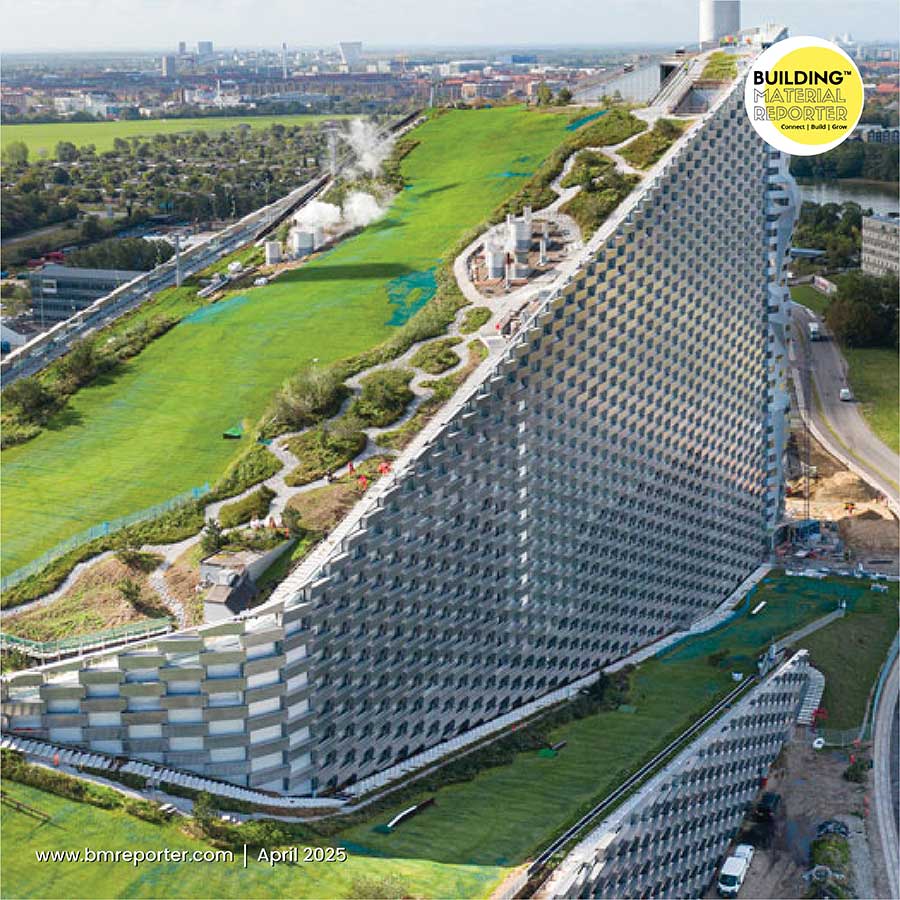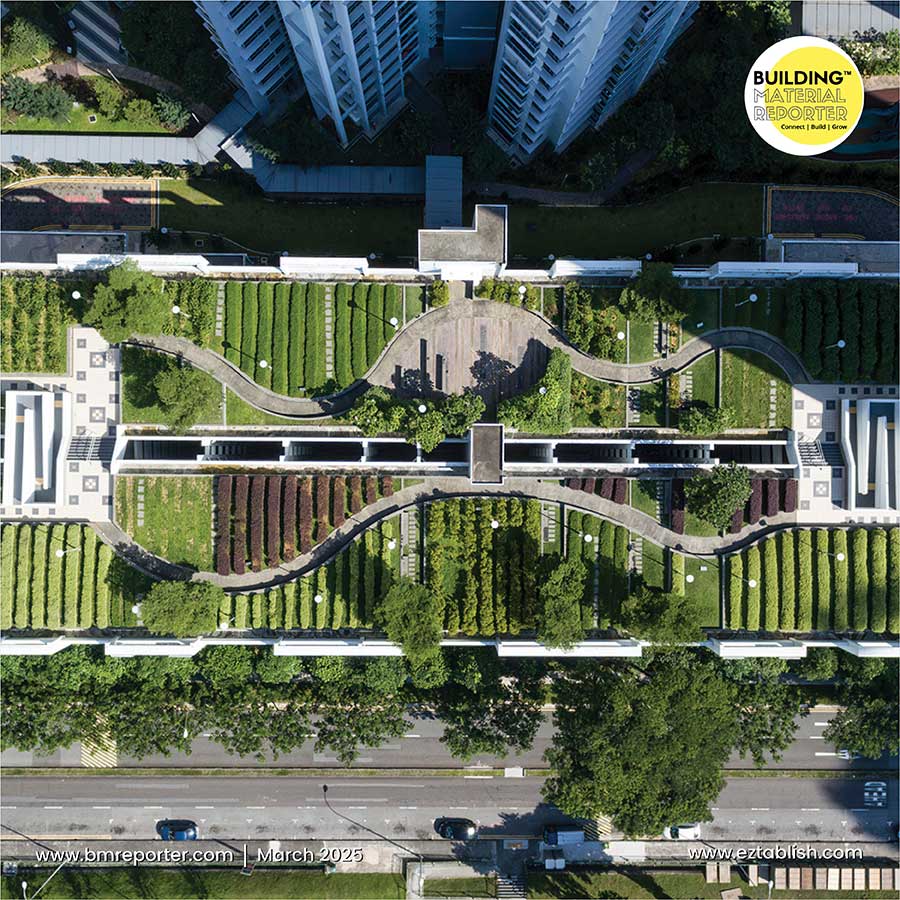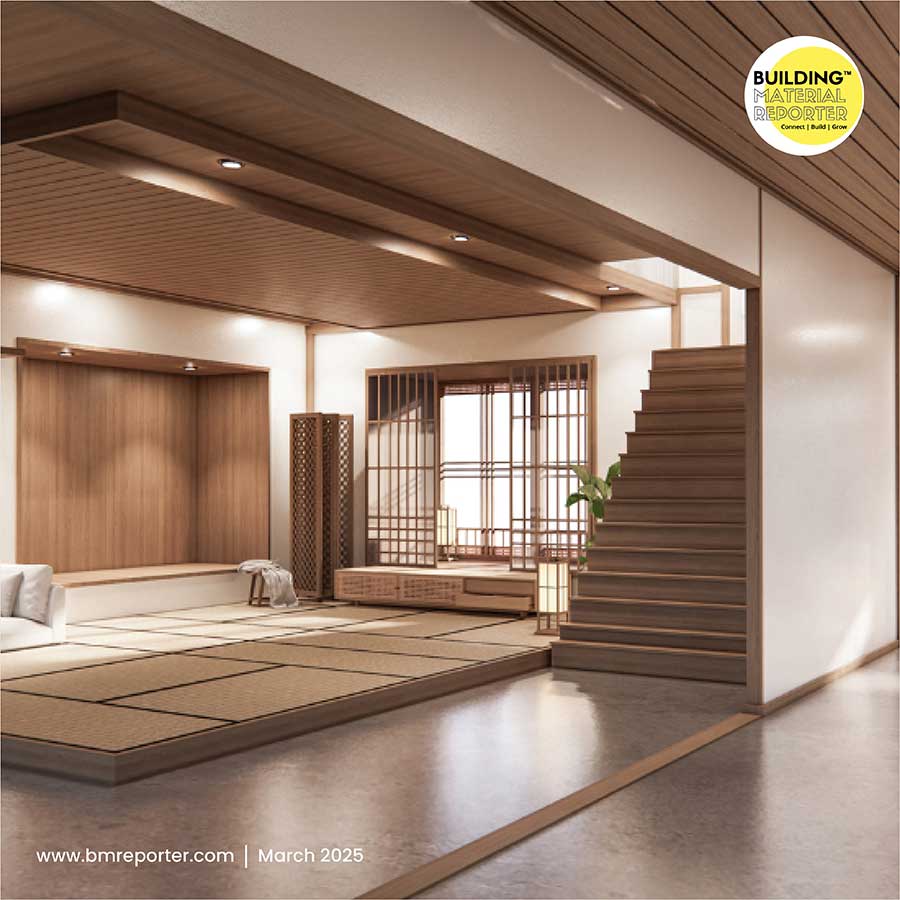Research in Architecture: Way of Examining Details
- November 18, 2022
- By: Priyanshi Shah
- INFLUENCERS

Writing acts as transmission in an articulated way composed of various expressions to relate to the reader. Architecture is a profession of crafting new ideas and experimenting with them considering the future possibilities and well-being of the people. Architects have different methods of experimenting with some sketches, drafting, and assembling models to enhance the space while some digitalizing it, constructing 3D models, and animated videos/VR to feel the space in an intimate way. Research in the architecture profession is very rare and very few people experiment with it. It is essential today to understand the various aspects of art, culture, belief, economy, etc to design in a profound style. The philosophy behind the spaces has always been an intriguing thing to explore. The thoughts behind the idea, understanding and analyzing them create a narrative to be explained and experimented on. The importance of research in architecture implies a deep understanding of various subjects of philosophy, psychology, literature, art, and culture.
.jpg)
Importance of Research
An architect is not just an architect; he or she is someone who designs around human comfort and needs. In essence, it is about creating something unique based on a philosophy and approach. Our desire to create is largely dictated by the past, present, or future built form. Solid research backs up in strengthens design contextually. While architects in practice claim that research does not influence their work, there is no significant evidence to support that claim. Researchers tend to perceive research as a "theoretical" aspect when in fact it encompasses a variety of factors. A research project is not always a project that an authority can approach; it is about understanding the past and relating it to the present in order to create a new future. Architectural evolution demands an analysis of the past, to create a better hierarchy of spaces for mankind. It gives context to the process and gives direction to the process with a product of research. Architects do not just build buildings, they comprehend and absorb the space narratives that make up the building. Research in architecture requires a well-structured approach and methodology for developing knowledge in a certain direction. It also gives practitioners a competitive advantage in the field by enhancing their abilities as professionals.
It is imperative to minimize costs, maximize efficiency, and optimize resources in this period of dynamic times in order for the design to function socially, culturally, and economically.
In the AIA's view, architectural research has the potential to affect and be relevant at three scales:
1. We need to conduct thorough research to understand who we are designing for at an individual/human scale. By analyzing how architecture impacts lives and how user response to design affects human performance, we can gain a better understanding of human behavior.
2. Researching how buildings impact the environment and how they consume a lot of resources and energy. Investigating the technology trends used in the design, as well as the impact materials, have on the occupants.
3. Architecture shapes our society at the community level. Achieving societal goals can be achieved through the intervention of architects. It is possible to build a better environment by researching the cultures and backgrounds of places. Both the built structure and the user benefit from studying at these levels.
(1).jpg)
Collaboration and Learning
Designers gain a deeper understanding of clients through architectural research. The focus isn't just on revealing and documenting materials and technologies and making them relevant to society. Each level of research helps understand the requirements of the project's individuality.
When a study covers all aspects of a project, on a macro and micro scale, architecture speaks. Despite the fact that research is conducted at multiple levels within the Indian architectural practice, it is not recognized as a separate entity. Case studies are conducted by designers to gain a thorough understanding of a project and the needs of the client. As part of the design process, a proper market-material survey is also conducted, in order to determine the best materials while also considering the preferences and needs of the user, which will be used for analysis after the building is finished. A systematic approach to carrying out all these functions is the only factor being overlooked. Researchers would recognize that research is integral to the design process only if an appropriate process is outlined.
.jpg)
It takes significant research to create a unique architecture that speaks of the cultural context and the age in which it was produced. In architectural research and architectural design, problem components are examined, and their interrelatedness is analyzed, which leads to a functional resolution. It provides insights for solving future problems along with ways to make the design relevant and functional. In practice-oriented research, the client's needs and preferences determine the scope of the research. It is important to consider trial and error in the process. The design relies heavily on architectural research, which is why it should be encouraged and infused into every stage of the design process at every level.
Cognitive research has always been a part of architectural education. A person must acquire knowledge in order to impart it. A continuous, provocative process is involved in the process of acquiring. The profession of architecture gains value as a result of critical analysis. In the realm of architecture, there are no wrong answers, and it is all a matter of perception. An inquiring and investigating mind is essential to rationalizing an opinion. At the moment, architecture and design require extensive collaboration and an investigative mindset. According to Vitruvius in his first book on architecture, successful execution, and comprehension of architecture requires a multidisciplinary understanding of other allied fields. It is impossible to separate art and science in architecture. Finding precedents and references in both becomes essential. The unproductive separation between science and art in research can be bridged if architectural research is viewed as knowledge creation rather than science or art.

An observant Architect and wandering soul who captures the tales of poetic experiences through writing. She is a traveler by heart who explores the essence through understanding the relationship between people and places with sensitivity, as she believes “Architecture is an extension of one’s life “


.jpg)
.jpg)

.jpg)






